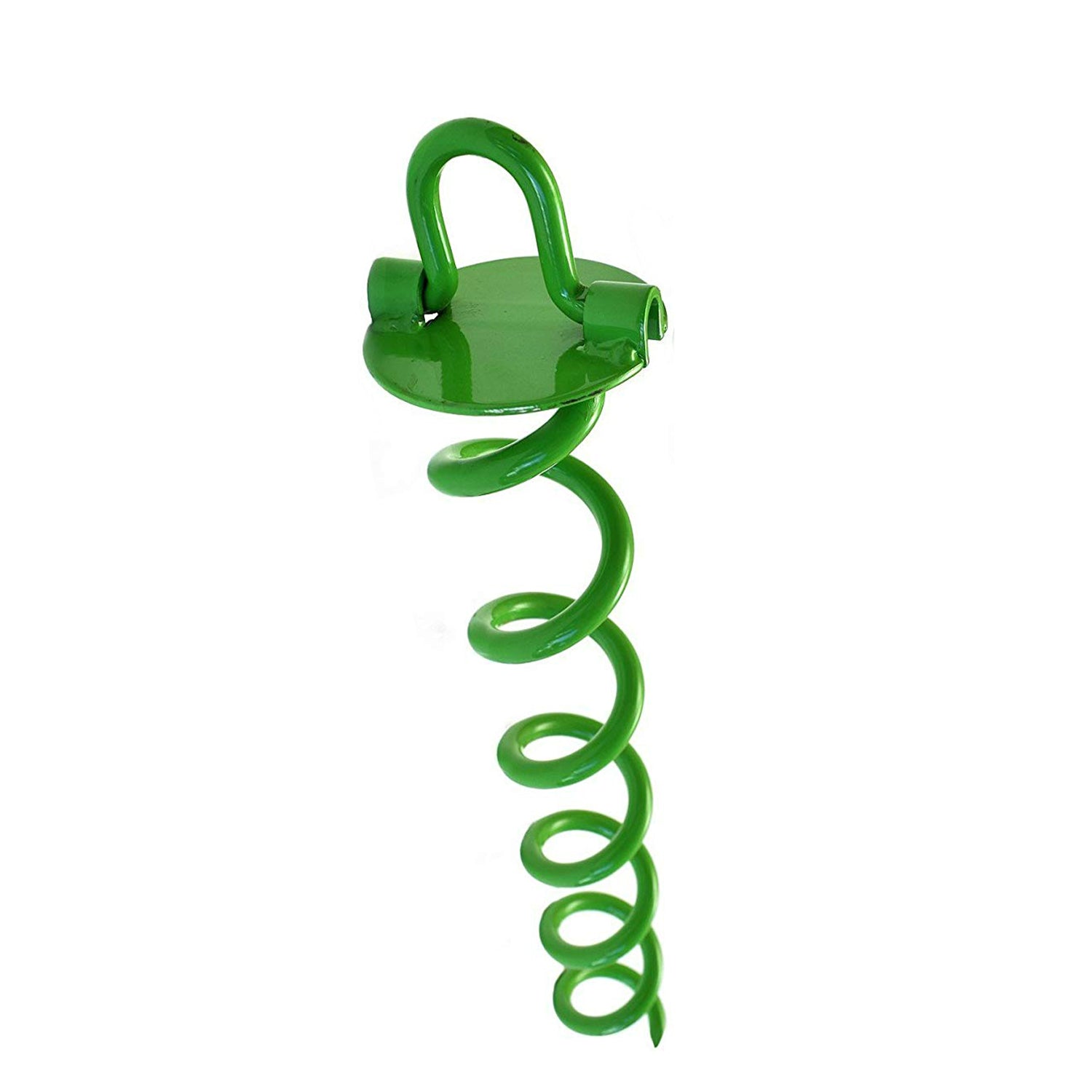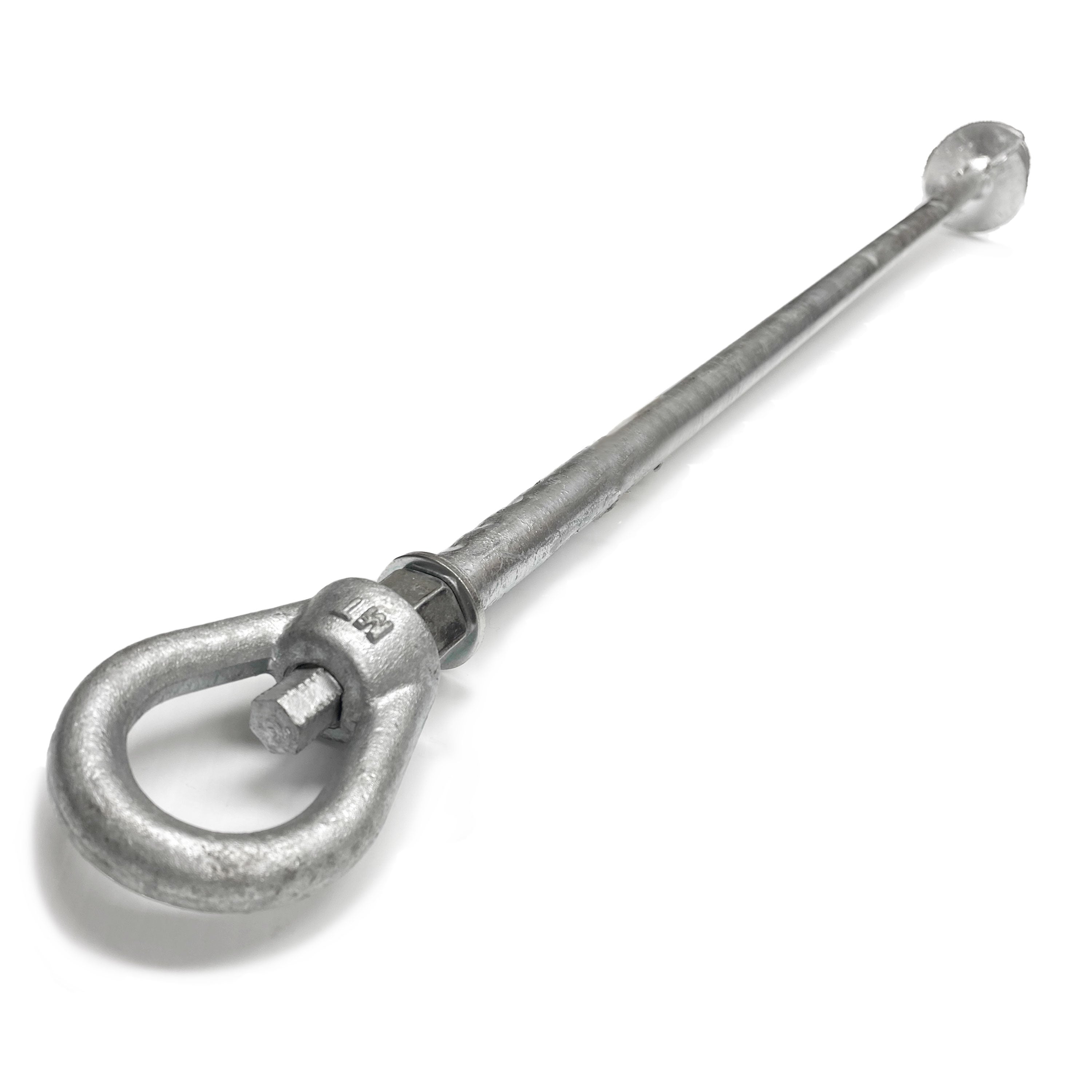The Science Behind a Strong Ground Anchor System
The Science Behind a Strong Ground Anchor System
Blog Article
Check Out the Various Types of Ground Anchor for Your Next Project
When starting a construction or landscape design task, understanding the different kinds of ground supports readily available is essential to guaranteeing both stability and toughness (Ground Anchor). From auger supports, which excel in diverse soil conditions, to stake supports created for momentary installments, the alternatives are countless. In addition, concrete and screw supports present special advantages in certain scenarios, while deadman supports are tailored for applications calling for resistance to side forces. The selection of an appropriate support kind can dramatically affect the general success of your job, triggering further expedition into their corresponding advantages and applications.

Auger Anchors
Auger anchors are a preferred selection in various building and landscaping jobs due to their special design and reliable securing capacities. These anchors contain a helical screw-like shaft that is driven right into the ground, enabling a safe and steady hold. The spiral design promotes very easy installation and makes best use of resistance against lateral forces, making auger anchors especially reliable in applications such as fencing, short-lived structures, and erosion control.
The installation procedure of auger anchors is fairly straightforward. They can be manually or mechanically set up, relying on the dimension and called for depth. This flexibility allows for their usage in varied soil problems, from sandy to clayey surfaces. Additionally, auger supports can be easily removed and reused, which contributes to their cost-effectiveness and sustainability.
Among the considerable advantages of auger supports is their ability to disperse lots uniformly throughout the bordering soil, decreasing the threat of soil disturbance and lessening environmental influence. Additionally, they are less at risk to loosening or heaving in time contrasted to standard anchoring techniques. Consequently, auger anchors are an exceptional selection for jobs needing resilient and trustworthy anchoring solutions.

Risk Anchors
When it concerns securing structures in a variety of outside applications, stake anchors provide a straightforward and trustworthy remedy. These anchors are normally built from sturdy products such as steel or aluminum, developed to withstand ecological anxieties while giving ideal stability. Their simple style allows for fast installment, making them an excellent choice for momentary or permanent anchoring demands.
Stake anchors are specifically valuable in protecting camping tents, canopies, and other light-weight structures versus wind and weather. They operate by being driven into the ground at an angle, developing a solid hold that withstands pull-out forces - Ground Anchor. The performance of risk supports relies on a number of elements, consisting of dirt type, wetness content, and the angle of installment
For added protection, several risk anchors include accessory factors for ropes or bands, enabling for stress changes as necessary. In applications such as landscaping or building, they can properly stabilize equipment or frameworks on irregular terrain. Generally, risk supports offer a functional and economical solution for protecting various outdoor installations, making them a preferred choice for contractors and do it yourself enthusiasts alike.
Concrete Anchors
Concrete supports give a robust remedy for securing frameworks to concrete surface areas, making certain security and security in numerous applications. These anchors are crucial for tasks varying from household building and constructions to massive industrial setups. They come in different types, including development supports, adhesive supports, and undercut anchors, each developed for details lots requirements and environmental problems.
When mounted,Expansion supports count on mechanical mechanisms to hold the concrete. They are ideal for tool to heavy-duty applications. Adhesive supports use high-strength epoxy or resin to bond the anchor to the concrete, using premium load-bearing capabilities, especially in fractured concrete scenarios. Undercut supports develop an unique form within the concrete, supplying extraordinary holding power, especially in applications where tensile lots are common.
When implemented correctly, concrete anchors significantly boost the structural stability of numerous Home Page jobs, making them indispensable in contemporary building techniques. Understanding the certain requirements of your job will aid in choosing the ideal type of concrete anchor for the job.
Screw Anchors

Screw supports are a flexible fastening option that can be efficiently utilized in a selection of applications where conventional concrete anchors might not be enough. These anchors contain a helical style that allows them to be conveniently driven right into the ground, making them perfect for usage in soil and other substrates. Their unique structure provides superb holding power and resistance to pull-out pressures, making them appropriate for various tasks, from landscape design to structural support.
One of the primary advantages of screw anchors is their convenience of setup. They call for marginal tools and can often be installed without the demand for excavation, which saves both time and labor prices. Furthermore, screw supports can be eliminated and recycled, offering a sustainable remedy for short-lived applications.
Screw anchors are particularly useful in locations where dirt problems are challenging, such as sandy or loosened dirts. Their capability to be set up at differing midsts allows for personalization based upon particular task requirements. On the whole, screw anchors give a efficient and reputable securing method, continue reading this making them a superb option for professionals and designers looking for efficient options for their tasks.
Deadman Anchors
Deadman supports serve as a robust option for supporting structures in tough problems, specifically where traditional anchoring techniques may fail. These supports are composed of big, heavy items hidden underground, which produce resistance against side pressures. The style commonly entails a straight element, such as a block of concrete or a steel plate, hidden in the soil, to which cable televisions or straps are connected.
The effectiveness of deadman supports exists in their capacity to disperse loads over a larger location, minimizing the risk of failure in unsteady soil problems. They are specifically beneficial in applications such as preserving walls, short-term frameworks, and incline stablizing, where soil activity can endanger the honesty of the structure.
Setup of deadman anchors needs mindful planning to ensure they are put at the correct depth and alignment, optimizing their load-bearing capability. While they might require more labor and product than lightweight anchors, their integrity in damaging conditions makes them very useful for long-term jobs. In addition, deadman anchors are functional and can be adjusted to various applications, making them a go-to selection for engineers dealing with one-of-a-kind obstacles in their projects.
Verdict
In recap, choosing the proper kind of ground support is crucial for making certain security and safety and security in various jobs. Auger anchors master varied dirt conditions, while stake anchors match short-lived applications. For concrete surface areas, growth and glue anchors provide dependable choices, and screw supports use convenience in difficult terrains. Deadman anchors are specifically efficient in withstanding lateral pressures for preserving wall surfaces. Cautious factor to consider of these alternatives will certainly enhance task outcomes and architectural honesty.
Furthermore, concrete and screw supports existing one-of-a-kind advantages in details circumstances, while deadman supports are tailored for applications requiring resistance to lateral forces - Ground Anchor.Auger supports are a prominent selection in numerous building and landscaping jobs due to their one-of-a-kind design and efficient anchoring capacities. They come in various kinds, Source including expansion anchors, adhesive supports, and undercut anchors, each made for specific lots requirements and environmental conditions
Glue anchors utilize high-strength epoxy or resin to bond the support to the concrete, using remarkable load-bearing abilities, especially in cracked concrete situations. In general, screw anchors give a reputable and efficient anchoring method, making them a superb choice for specialists and engineers seeking effective solutions for their projects.
Report this page